Congress enacted the Setting Every Community Up for Retirement Enhancement Act in 2019, generally known as the “SECURE Act.” Key elements of the law included new incentives for employers to establish qualified retirement plans, lifting the age for Required Minimum Distributions (RMDs) from retirement plans to 72 (previously it was 70 ½), and removing the age limit on making IRA contributions. To encourage young families to make plan contributions without worrying about tying up their money, new parents can now withdraw up to $5,000 from a 401(k) plan upon the birth of a child, without the usual penalty for early distributions (income taxes still apply). All the tax favors were paid for by the elimination of the stretch IRA for most inherited accounts. With certain exceptions (including surviving spouses), an inherited retirement account must be distributed within ten years, not over the life of the beneficiary as before.
Three sequel bills to the SECURE Act have been moving through Congress this year. Together, they have received the nickname “SECURE 2.0,” although the acronym does not actually fit any of them. The House of Representatives passed the Securing a Strong Retirement Act last March. The Senate Finance Committee unanimously passed the Enhancing American Retirement Act (the EARN Act) four months later, while the Senate Health, Education, Labor and Pensions Committee passed the RISE and SHINE Act. These two competing Senate bills will have to be consolidated for the full Senate, and the result must then be harmonized with the House bill.
Among the new provisions in the overlapping three bills are:
- Additional delays in the age for RMDs
- Lower penalties for failure to take an RMD
- Higher 401(k) catch-up contribution limits for those 62 and older
- Indexing the catch-up contribution limit for IRAs
- Allowing retirement matching contributions for repayments of student loans
- Easier purchases of annuities through retirement plans
- Tax credits for small business retirement plans
- Permit deferrals for emergency savings accounts, in addition to retirement deferrals
- Mandatory automatic enrollment in employer retirement plans
Although all the bills have bipartisan support, it is not certain that the legislative process will be complete this year. If enacted, the new law should give a boost to retirement savings, but there will still be a substantial portion of the population with inadequate retirement savings.
The Investment Company Institute’s 2022 Fact Book reports that, as of 2021, 30% of American households have both an IRA and an employer sponsored retirement plan, 26% have the employer plan only, and 7% have an IRA only. That leaves 37% of American households without any tax-preferred retirement savings. There are many reasons for the failure to accumulate resources—insufficient wage income, financial or medical emergencies, job changes, or absence of an employer plan, for example. The effect of SECURE 2.0 on this cohort is uncertain, but not likely to be large.
Total retirement savings in the USA was a breathtaking $39.4 trillion at the end of 2021, according to the Fact Book (Figure 8.5). The breakdown is as follows:
| $13.9 trillion | IRAs (including rollovers from employer plans) |
| $7.7 trillion | 401(k) plans |
| $3.3 trillion | Other defined contribution plans |
| $3.8 trillion | Private sector pension plans |
| $5.8 trillion | State and local government pension plans |
| $2.2 trillion | Federal government pension plans |
| $2.6 trillion | Annuities |
If enacted, SECURE 2.0 would be expected to cause these figures to grow larger still. However, the amount of new money may not be substantial, compared to what has already been accumulated. A report by the Joint Committee on Taxation predicted that the revenue cost of the EARN Act, for example, would come to roughly $30 billion over the next ten years. If, for the sake of illustration, we assume every dollar of lost tax revenue corresponds to $10 of additional retirement savings, that would imply $300 billion in new savings, which is less than 1% of the amount already in retirement accounts.
Still, any encouragement of consistent, methodical retirement savings is to be applauded. We will keep an eye on the progress of SECURE 2.0, and keep you informed on what you need to know.
This content has been prepared by The Merrill Anderson Company and is intended as a general guideline.
© 2022 M.A. Co. All rights reserved.
Arvest Wealth Management does not offer tax or legal advice – consult a professional.


